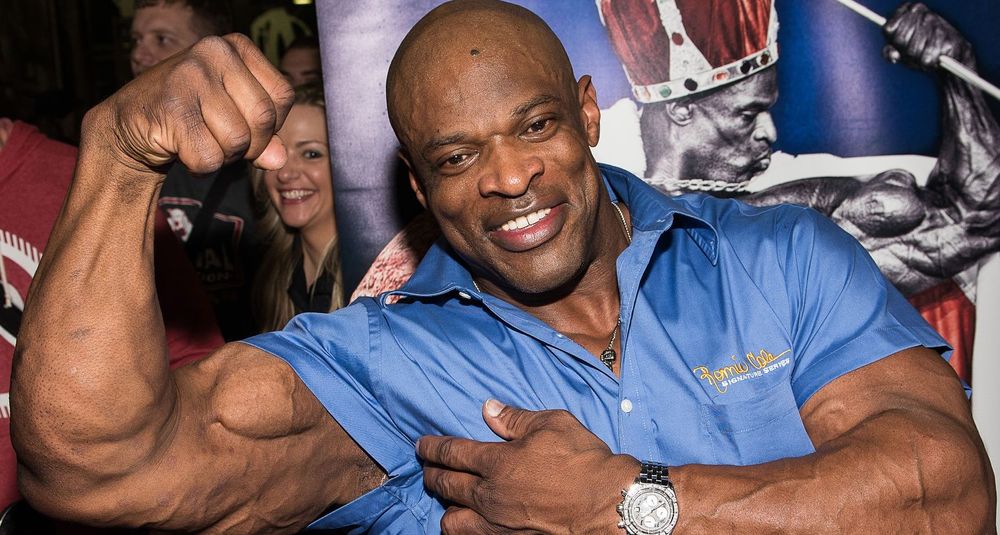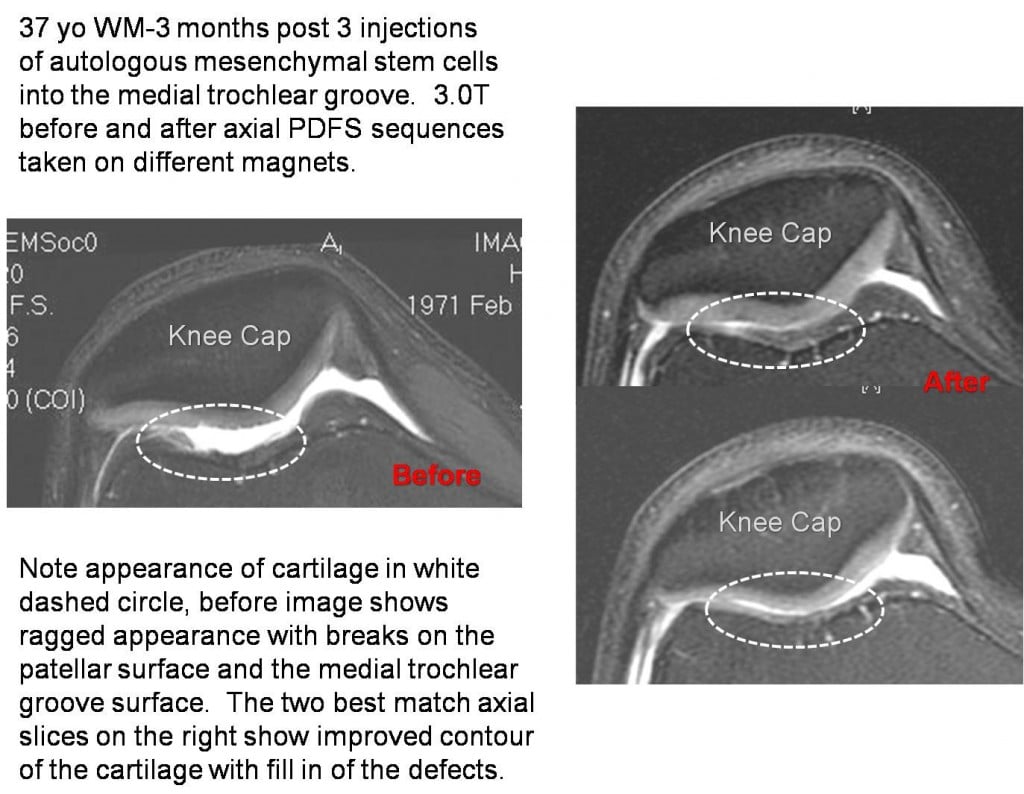

In autism, many-body systems can benefit from healing signals delivered by neural, hematopoietic, mesenchymal, and other types of stem cells. The latest researches on regenerative medicine show that stem cells appear to be excellently suited for healing the brain better than other existing therapy.

Compared to umbilical cord stem cells, fetal stem cells demonstrate better engraftment, lower immunogenicity, and greater therapeutic potential, moreover, they have the therapeutic potential to repair the damaged neural tissue at cellular structural and functional levels.įor the treatment of autism and ASD, we are using a unique patented method that was developed in a joint effort of the scientists and doctors of Infinity Clinic.īy natural design, the purpose of the stem cells is regulation, healing, and repair. Beneficial Fetal Stem cell treatment in AutismĪlong with the research study in stem cells, it is more beneficial to treat Autism with fetal stem cells because they are more advanced and developed than any other type. However umbilical cord tissue or allogeneic or autologous mesenchymal stem cells do not have a before-mentioned quantity of stem cells, alas this treatment is unproductive.Īlso, it is important to identify that cord blood consists of hematopoietic and mesenchymal stem cells, unlike fetal stem cells that have all needed organ-specific cells which can help people with autism in all aspects.

To provide effective and efficient treatment, a patient with ASD needs 1-3 million stem cells per 1 kg of body weight. Umbilical cord-derived stem cells used to be ideal for the treatment of autism until Infinity Clinic researches invented the unique patented method.

Before they are approved for treatment all human umbilical cord stem cells are screened for viruses and bacteria. If more detailed, these cell types come from human umbilical cord tissue (allogeneic or autologous mesenchymal stem cells).Ĭord blood is donated by mothers after normal, healthy births and it is much more potent than bone marrow cells for instance. Umbilical Cord-derived Stem Cells in Autism and ASD Stephanie Seneff, glyphosate used by biotech giants in herbicides and pesticides may be the motivating factor as well as accumulates in human tissues and breast milk, therefore it might have contributed to the continuously increasing prevalence of autism. These diagnosed disorders are linked to some factors (organophosphates and heavy metals), vaccines, infections and viruses, cellular or molecular abnormalities, autoimmunity etc.Īccording to the MIT Computer Science and Artificial Intelligence Laboratory study author Dr. Causes Of Autism And ASDĬauses of autism and ASD and is pathophysiology are still poorly understood by clinical researchers. There are also Autism Spectrum Disorders (ASD) featuring social deficits, lack of communication skills, stereotyped behaviours and interests, sensory abnormalities and, sometimes cognitive delays of different degrees of severity.īoth autism and ASD affects information processing in the brain by altering connections between nerve cells and the way of their organization. Autism is a complex neurodevelopmental disorder characterized by marked abnormalities in communication, behavioral patterns, social interactions, learning capacity, mood alterations, metabolic and digestive disorders becoming apparent in the first three years of life.


 0 kommentar(er)
0 kommentar(er)
